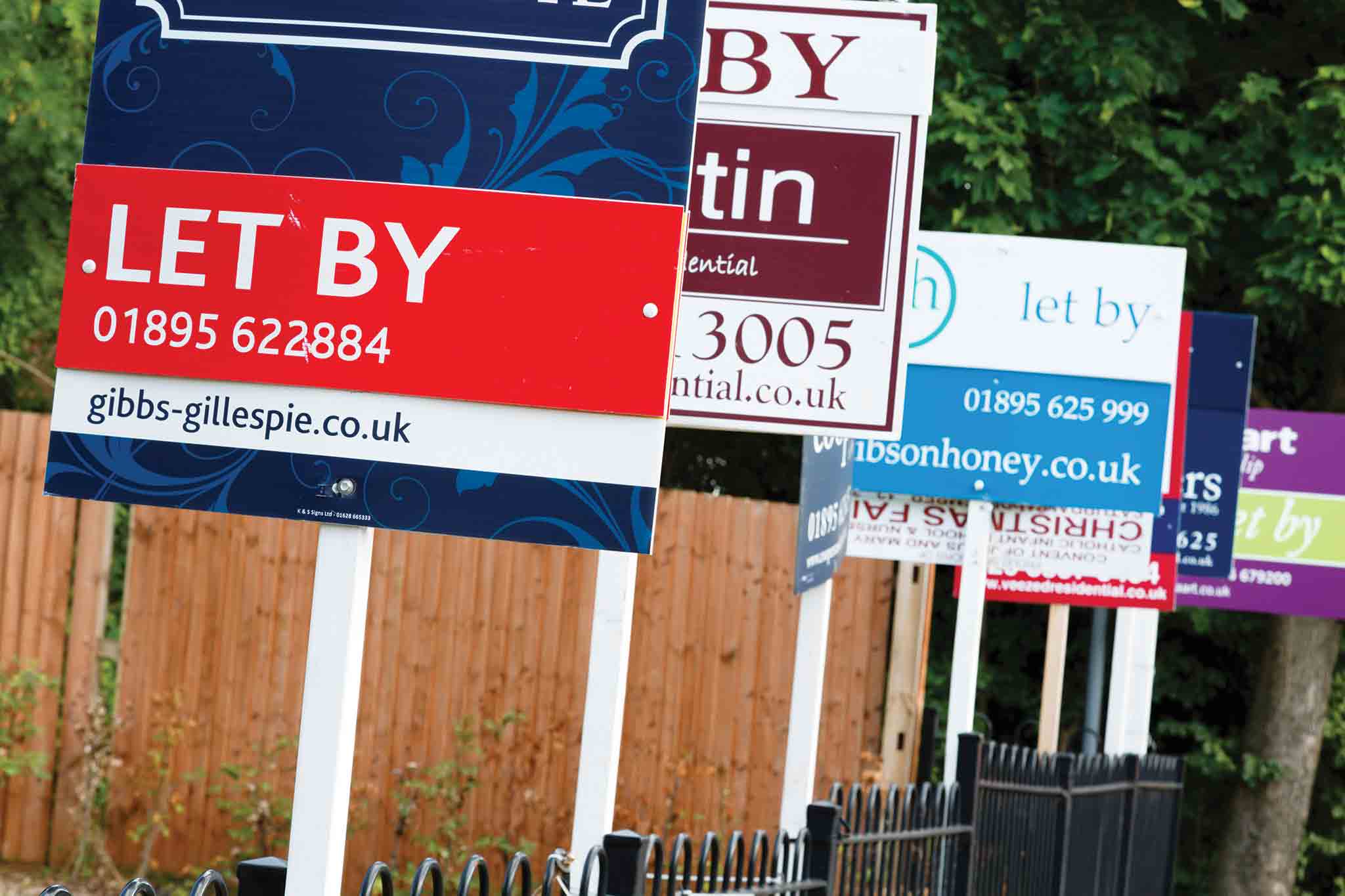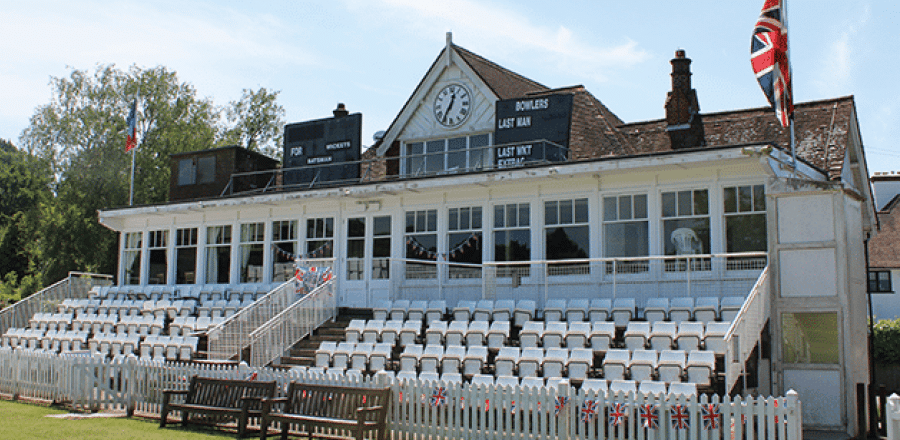House prices are falling in Sevenoaks and Tonbridge, according to figures for the last six months, while in Tunbridge Wells they are still rising – but at less than 1 per cent.
Property website Zoopla has revealed that eight out of 25 Kent regions they studied have seen a fall in average house prices – with the other six all being coastal towns.
Sevenoaks has seen a decrease of 1.91 per cent, the third lowest among the regions after Broadstairs and Ramsgate, while Tonbridge recorded a 1.09 per cent decline.
Tunbridge Wells scored second lowest among those areas which have seen a rise, experiencing an increase of just 0.61 per cent.
Last year house prices in Kent soared by almost ten per cent – compared to a nationwide rise of 7.5 per cent.
But Zoopla said that almost a third of the properties they list on their portal, 32.6 per cent, had seen their prices slashed in July.
The average discount is £25,257 – which is close to the average wage in the UK, £26,500.
Prices are typically high in the local area – in Sevenoaks the average property value is £609,296, while the figure for Tunbridge Wells stands at £453,129 and for Tonbridge £434,147.
But for houses that are valued at more than £1million, more than a quarter of properties nationwide have come down in value, with the average discount being £186,718.
The surprising statistics follow a warning from the Royal Institution of Chartered Surveyors (RICS) in June that prices could fall for the first time since 2012.
Several negative factors have been attributed to a lack of activity in the housing market.
The number of homes on the market hit a record low in June and are still falling as supply dropped at the sharpest rate on surveyors’ records.
Another alarming trend concerns the interest from potential buyers, which is falling at a rate not seen since the start of the recession in 2008.
The Brexit vote in the referendum is widely believed to have led to uncertainty in the market.
Both sellers and buyers appear to be biding their time until more is understood about what the future holds after the vote to leave the EU.
In addition, the market may be experiencing a lull after the rush for buy-to-let properties ahead of the increase in stamp duty in April.
However, the Bank of England’s decision to cut interest rates to a record low of 0.25 per cent will bring down mortgage rates, which in turn makes buying a house more attractive.
Tim Oatley, Associate Director of estate agents Jackson-Stops and Staff, believes that falling prices are a sign that estate agents are looking to perk up the market.
“There may be what I call ‘chipping’ of prices, where you reduce a price from £525,000 to £500,000,” he said. “But that’s maybe done to stimulate activity.
“Some prices have been set too high in the first place, so they are now coming down to the level they should have been advertised at originally.”
But Mr Oatley, who has been selling houses in Sevenoaks, Tonbridge and Tunbridge Wells for 25 years, has rarely experienced a busier summer.
“Brexit may have caused a distraction but at the lower end of the market we’re doing sales,” he says.
“Normally, activity does tail off in July and August but it seems to be livelier than usual.”
“I’ve still got a reasonable market, under a million, when I expect it to be dead because of the holidays.
“I’m not seeing a lot of reductions. I really don’t think Brexit has had any effect at all.”
Mr Oatley reckons that any volatility has been caused by the rise in stamp duty, which saw a 3 per cent tax hike on buy-to-let houses and second homes.
“Post-Brexit the biggest changes have been in the million-plus market. But that’s really because of the rise in stamp duty in April, not the referendum. The tax increase has been blurring the boundaries between sections of the market.”
Louise Streets of Kent Homefinders, who – unlike estate agents – works exclusively with buyers, operates at the higher end of the local market, often for families moving down from London and overseas clients.
She says: “The prices of houses over £1million have been pretty strong in towns such as Sevenoaks and Tunbridge Wells.
“But valuations had been looking toppy before the surprise Brexit result. So transactions have been going through lower than the asking price.”
Ms Streets says the general consensus is that houses are selling for 12 to 13 per cent less than last year, but that may be more an effect of the stamp duty rise than Brexit.
Country houses over the £2million mark remain a difficult market. “Initially agents reported that some buyers wanted to re-negotiate and therefore some chains broke down.
“However, transactions have picked up and even lower interest rates provide a very cheap way to borrow money, which looks set to continue.”
RENT PRICES GO THROUGH THE ROOF
Tunbridge Wells is among the most expensive places to rent a single room in the South East, according to the Office for National Statistics:
- A one-bedroom property costs about £686 a month on average, which far exceeds the regional average of £424.
- The median annual gross salary in the borough is £29,385, leaving £1,929 a month after tax and National Insurance contributions.
- On this salary renters will spend 35.5 per cent of their take-home pay on their accommodation.
- Both the housing charity Shelter and the Joseph Rowntree Foundation believe no more than 30 per cent of net income should be spent on rent, which in Tunbridge Wells would mean rental prices of £579 per month.
- High rents are as acute in the neighbouring borough of Tonbridge & Malling.
- However, although the rent for a single room is higher in Tonbridge, at £691, tenants can expect to be spending more of their take-home pay (32 per cent) on rents.








